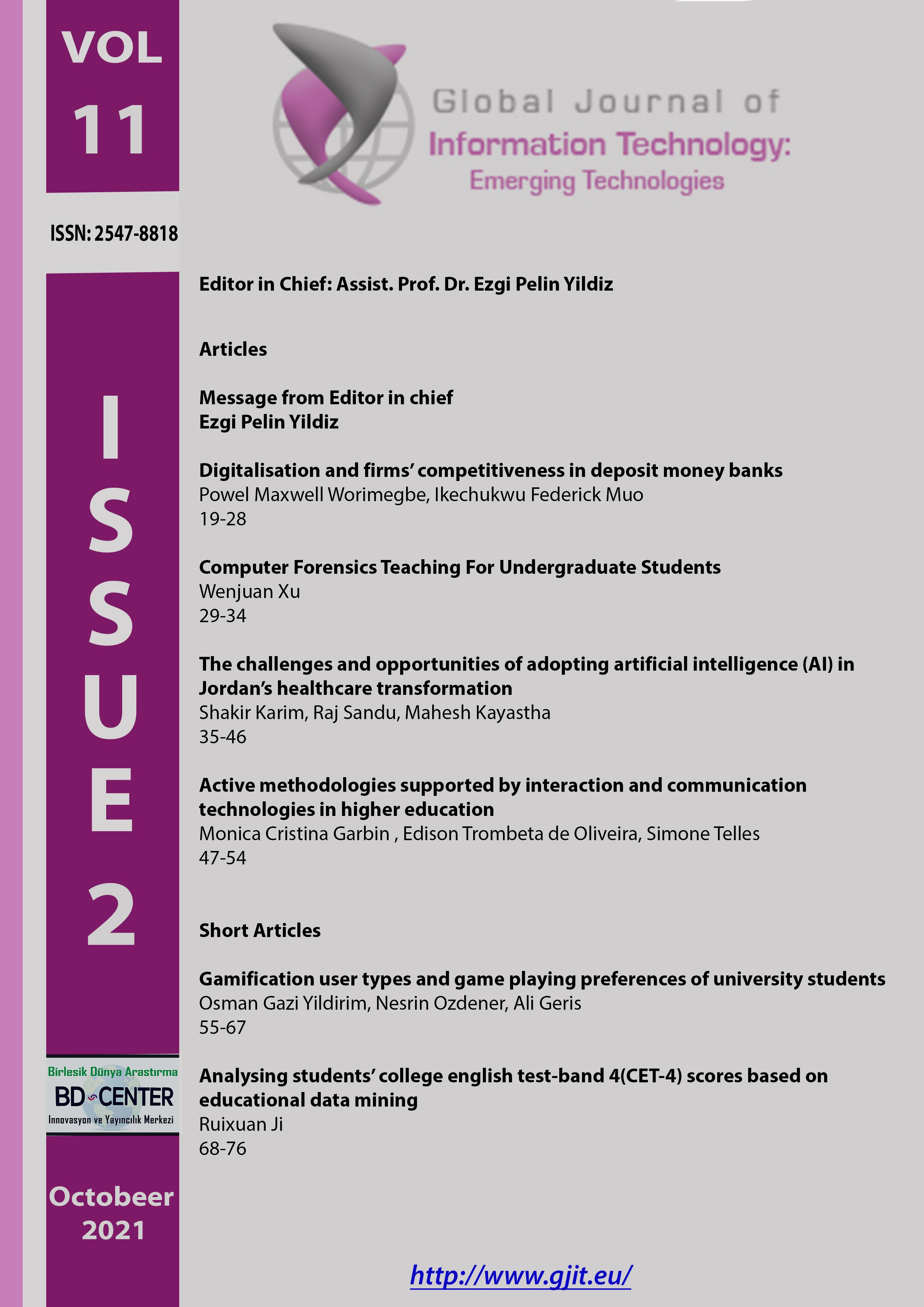Active methodologies supported by interaction and communication technologies in higher education Communication Technologies in Higher Education
Main Article Content
Abstract
In the last decades, technologies have been adopted by Higher Education Institutions, all over the world, as tools to approach new pedagogical practices for their programs. This paper aims to present an experience on the use of tools for communication, interaction and collaboration in a project-based learning on distance education. The project is developed virtually, with students organized in groups in order to develop a solution to a real problem. Therefore, with the use of technology, it is intended to provide those involved with forms of communication and interaction. Technologies in a context like this are considered strong allies of the teaching process developed under the perspective of collaborative work and the development of student autonomy. The collected data show results that indicate the used tools have promoted collaboration between the students, who have learned by developing solutions to problems.
Keywords: Higher education; distance education; collaborative learning.
Downloads
Article Details

This work is licensed under a Creative Commons Attribution 4.0 International License.
Authors who publish with this journal agree to the following terms:- Authors retain copyright and grant the journal right of first publication with the work simultaneously licensed under a Creative Commons Attribution License that allows others to share the work with an acknowledgement of the work's authorship and initial publication in this journal.
- Authors are able to enter into separate, additional contractual arrangements for the non-exclusive distribution of the journal's published version of the work (e.g., post it to an institutional repository or publish it in a book), with an acknowledgement of its initial publication in this journal.
- Authors are permitted and encouraged to post their work online (e.g., in institutional repositories or on their website) prior to and during the submission process, as it can lead to productive exchanges, as well as earlier and greater citation of published work (See The Effect of Open Access).
